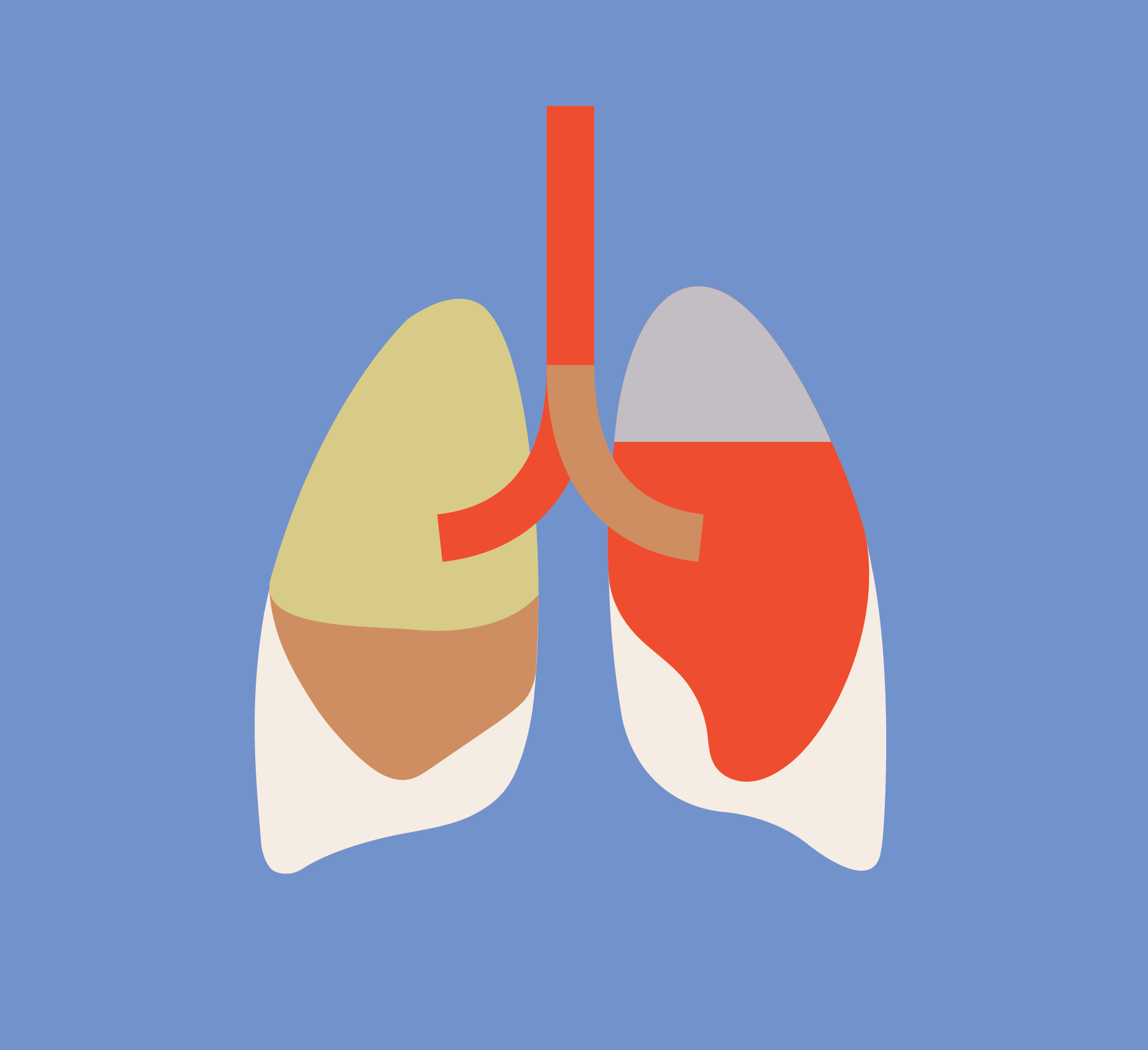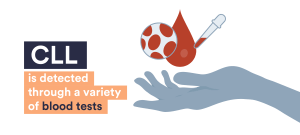Diseases
Breast Cancer
 Breast cancer is the second most common cancer in American women (not counting skin cancers). Currently, there are more than 3.1 million breast cancer survivors living in the U.S. There’s a lot of exciting research currently underway — and new treatments are being studied every day. Here are some answers to common questions about breast cancer:
Breast cancer is the second most common cancer in American women (not counting skin cancers). Currently, there are more than 3.1 million breast cancer survivors living in the U.S. There’s a lot of exciting research currently underway — and new treatments are being studied every day. Here are some answers to common questions about breast cancer:
- What are the symptoms of breast cancer?
- What’s my breast cancer risk?
- When should I start getting mammograms?
- What is early-stage breast cancer?
- What are the options for late-stage breast cancer?
Breast Cancer
Lung Cancer
 Lung cancer is the most common form of cancer in both men and women in the U.S. It can be particularly tricky to treat because often, symptoms don’t show up until the cancer has spread to other organs. There are three main types of lung cancer:
Lung cancer is the most common form of cancer in both men and women in the U.S. It can be particularly tricky to treat because often, symptoms don’t show up until the cancer has spread to other organs. There are three main types of lung cancer:
- Non-Small Cell Lung Cancer
- Small Cell Lung Cancer
- Lung Carcinoid Tumor
Treatment varies depending on which type of cancer a person has, and what stage. Early-stage lung cancer is typically treated with surgery. Later-stage lung cancer may be treated with a combination of surgery, chemotherapy, or radiation. Immunotherapy to treat lung cancer has also yielded some pretty incredible results.
Lung Cancer
Prostate Cancer
Prostate cancer is the most common cancer in American men, with the exception of skin cancers. All men should screen for prostate cancer when they get to a certain age, however, the right age to begin those screenings varies from man to man. Several factors may increase man’s risk of developing prostate cancer — like family history, race, age, and genetics.
Prostate cancer is so common that if a man lives long enough, there’s a really high chance that he will develop it. The challenge with prostate cancer is deciding if and when to treat. Some cancers are so small that they do not show any signs of spreading — in situations like this, active surveillance (or the watch-and-wait approach) may be the best option. Cancers that show the potential of spreading will need treatment — most likely by removing the prostate or with radiation therapy.
Prostate Cancer
Melanoma
 Skin cancers are by far the most common form of cancer. And while melanoma only makes up about 1% of all skin cancers, it causes a large majority of skin cancer deaths. The rates of melanoma have been rising over the past three decades. However, using immunotherapy — or harvesting the body’s immune system to fight cancer — to treat melanoma has yielded some pretty incredible results. People with these traits have a higher risk of developing melanoma:
Skin cancers are by far the most common form of cancer. And while melanoma only makes up about 1% of all skin cancers, it causes a large majority of skin cancer deaths. The rates of melanoma have been rising over the past three decades. However, using immunotherapy — or harvesting the body’s immune system to fight cancer — to treat melanoma has yielded some pretty incredible results. People with these traits have a higher risk of developing melanoma:
- Fair skin
- Blonde hair and blue eyes
- A large number of moles
- Family history of melanoma
If you have any of these characteristics — it’s important to see a dermatologist regularly for check-ups. It’s also helpful to perform self-checks.
Melanoma
Colon Cancer
Colorectal cancers begin in the colon or the rectum. Due to increased efforts to get people screened, more and more people have been surviving colon cancer in recent years. The American Cancer Society estimates that today, there are more than 1 million colorectal cancer survivors living in the United States. Below are some common symptoms associated with colon cancer. If you’re worried — it’s worth it to speak to your doctor.
Colon Cancer Symptoms:
- Change in bowel habits
- Change in stool color
- Abdominal pain
- Unintentional weight loss
Colon Cancer
Leukemia (CLL)
 Chronic lymphocytic leukemia (CLL) is the most common type of the leukemia. A leukemia is a cancer the begins in the blood-forming cells of the bone marrow. When the cells become leukemic, they stop maturing properly and grow out of control. Eventually they spill into the blood stream. CLL accounts for about 25% of new cases of leukemia every year.
Chronic lymphocytic leukemia (CLL) is the most common type of the leukemia. A leukemia is a cancer the begins in the blood-forming cells of the bone marrow. When the cells become leukemic, they stop maturing properly and grow out of control. Eventually they spill into the blood stream. CLL accounts for about 25% of new cases of leukemia every year.
Because CLL is a disease that develops slowly, many people live for years without any symptoms. The first signs of CLL are often detected using blood work during a routine doctor’s visit. Several blood tests will be done to confirm the diagnosis. Someone with CLL usually has a high white blood cell count and a low red cell count.
